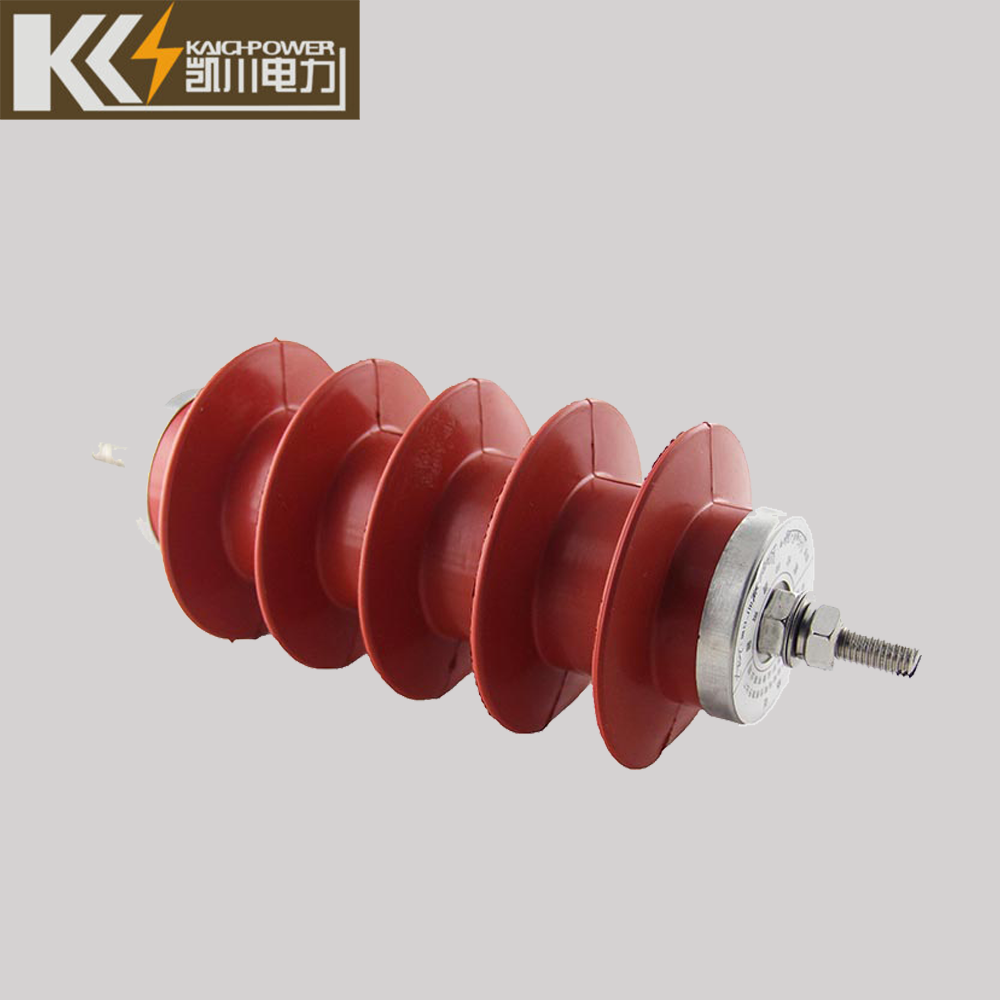
A lightning arrester, also known as a surge arrester or a lightning diverter, is a device designed to protect electrical systems from the damaging effects of lightning strikes and overvoltage surges. It is commonly used in overhead power lines and other medium voltage applications to prevent equipment damage and ensure the safety and reliability of the electrical network.
How Lightning Arresters Work
Lightning arresters work by providing a low-impedance path for the lightning current to flow into the ground, effectively diverting the energy away from the protected equipment. When a lightning strike or an overvoltage surge occurs, the arrester quickly detects the increase in voltage and conducts the excess current to the ground, thereby limiting the voltage across the protected equipment.
Lightning arresters are typically composed of a series of metal oxide varistors (MOV) or silicon carbide varistors (SIC), which are nonlinear resistors that have the ability to conduct high currents when the voltage exceeds a certain threshold. The varistors are connected between the line and ground, and they provide a path of least resistance for the lightning current to bypass the equipment.
Overhead Line Lightning Arresters
In overhead power lines, lightning arresters are installed at regular intervals to protect the conductors and other equipment from lightning strikes. These arresters are designed to withstand high voltage surges and provide reliable protection in harsh environmental conditions.
The size of the lightning arrester for an overhead line depends on various factors, including the line voltage, the maximum fault current, and the insulation level of the equipment being protected. The arrester should be able to handle the maximum fault current without causing any damage to itself or the equipment.
It is important to select the right size of lightning arrester for an overhead line to ensure effective protection. Undersized arresters may fail to handle the high current and voltage levels during a lightning strike, while oversized arresters may be unnecessarily expensive and may not perform optimally under normal operating conditions.
Cable Lightning Arresters
In addition to overhead lines, lightning arresters are also used in medium voltage cables to protect them from overvoltage surges. Cable arresters are installed at both ends of the cable to provide complete protection against lightning strikes and other transient events.
The size of the lightning arrester for a cable depends on the cable size, the voltage rating, and the maximum fault current. It is important to select the appropriate size of the arrester to ensure effective protection and avoid any damage to the cable insulation.
When selecting a cable lightning arrester, it is also important to consider the installation requirements and the operating conditions. The arrester should be able to withstand the mechanical stresses and environmental factors associated with cable installations, such as temperature variations, moisture, and UV exposure.
In conclusion, lightning arresters play a crucial role in protecting electrical systems from the damaging effects of lightning strikes and overvoltage surges. Whether installed on overhead lines or medium voltage cables, these devices provide a reliable and cost-effective solution to ensure the safety and reliability of the electrical network.
Kaich-Power is a national high-tech enterprise specializing in power quality optimization, research and development, production and sales of various types of power protection equipment. We provide a variety of power protection equipment. For details, please refer to our company’s website or product details. We are waiting for your inquiries or calls 24 hours a day.
Email: kaichelectric@gmail.com